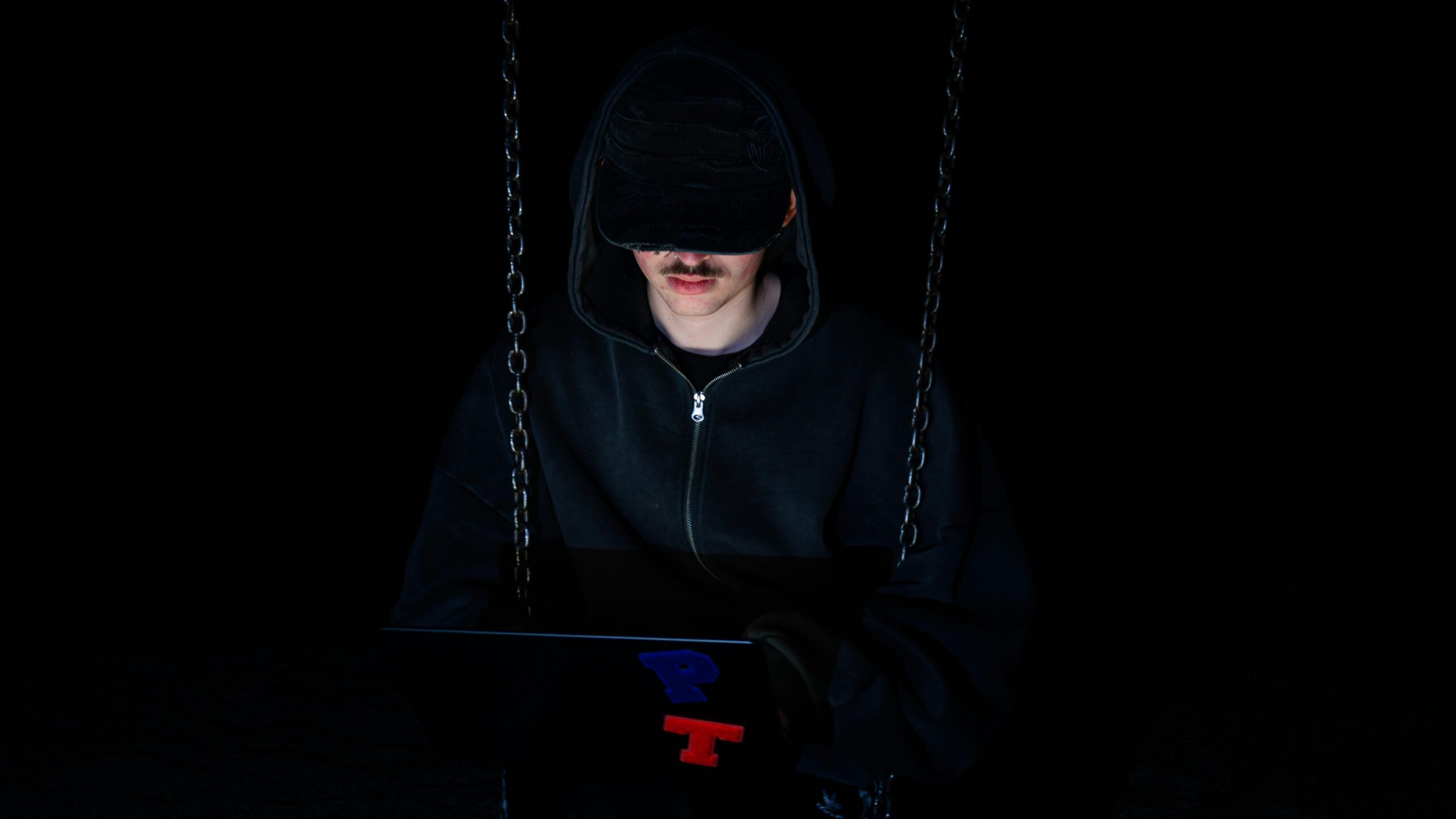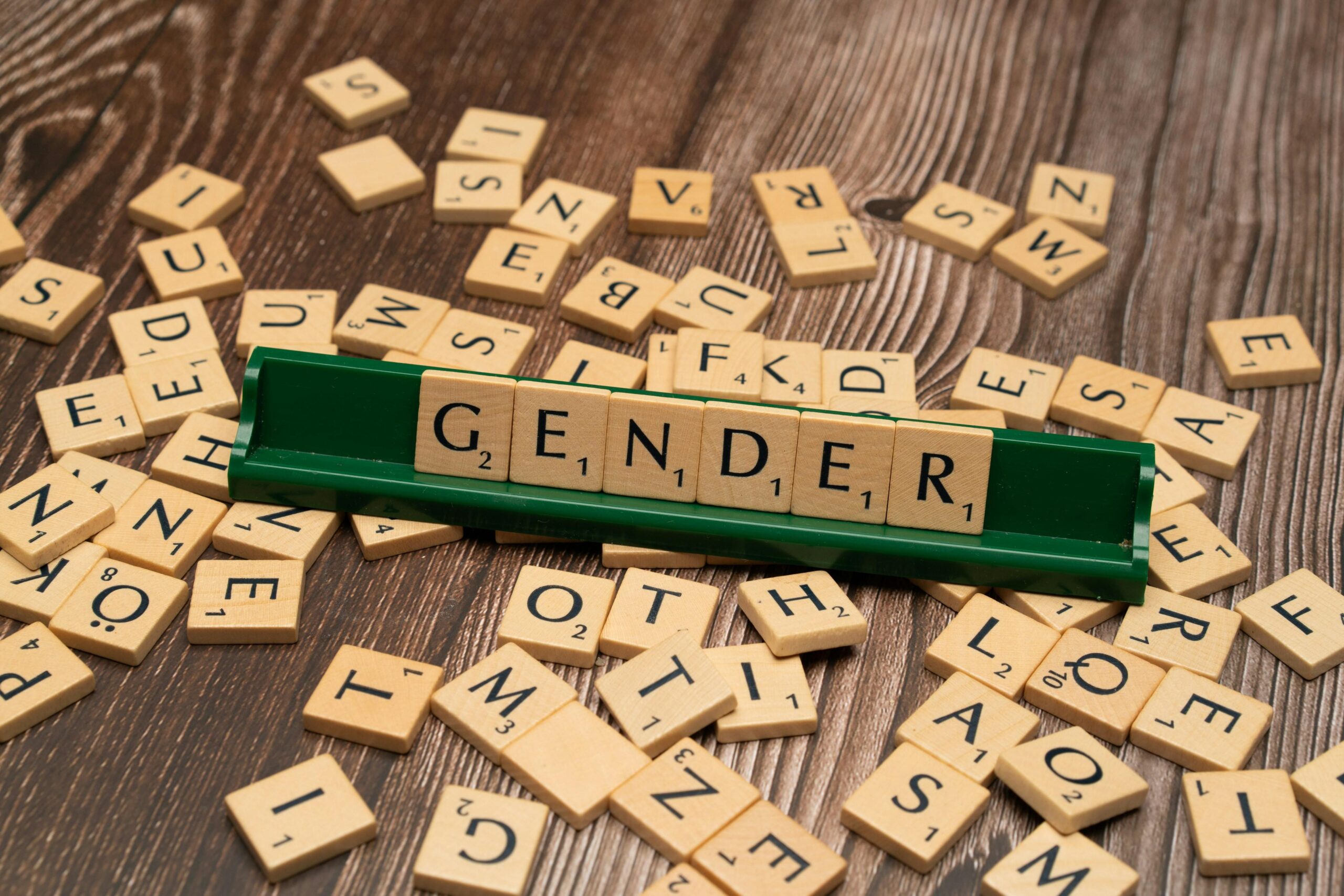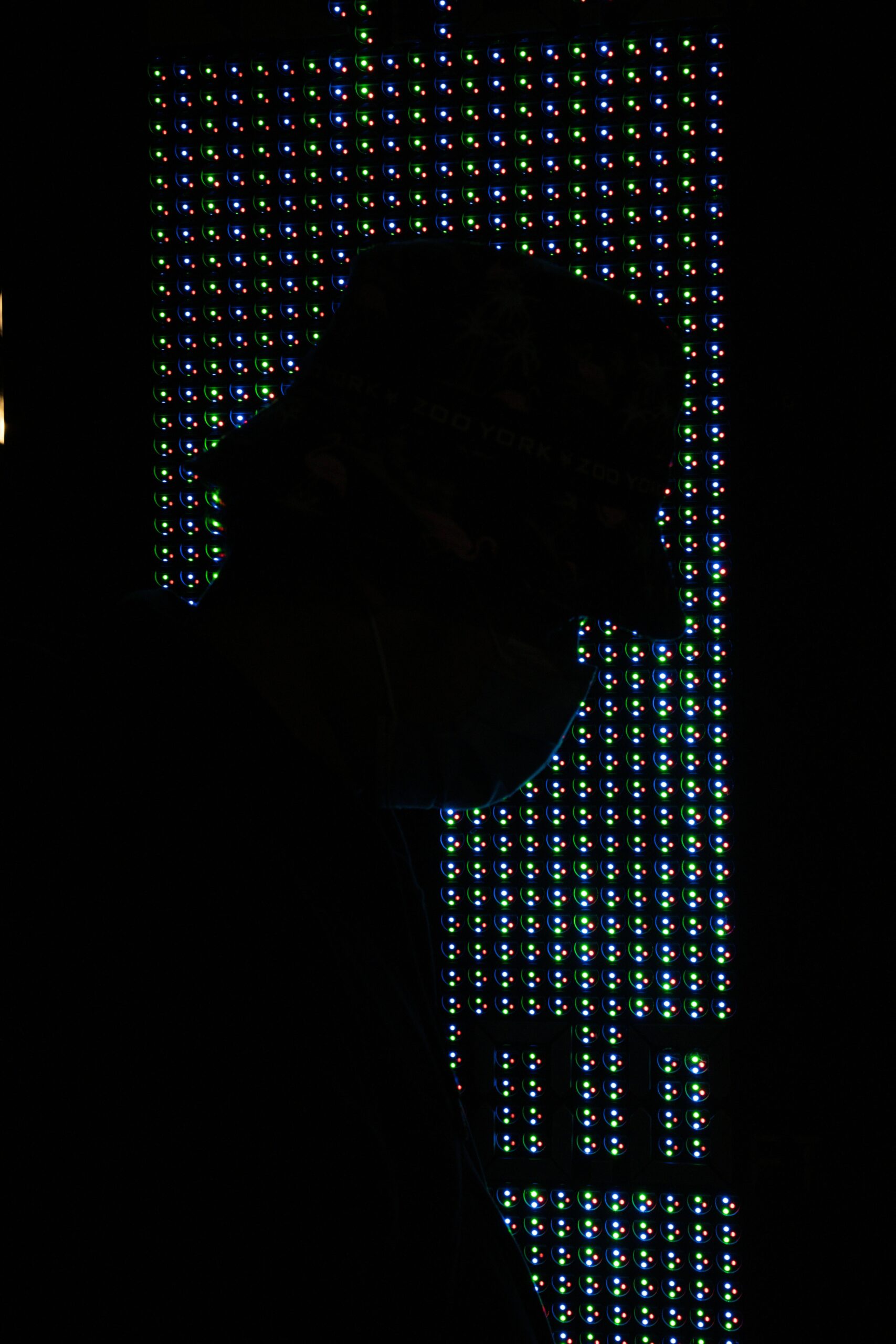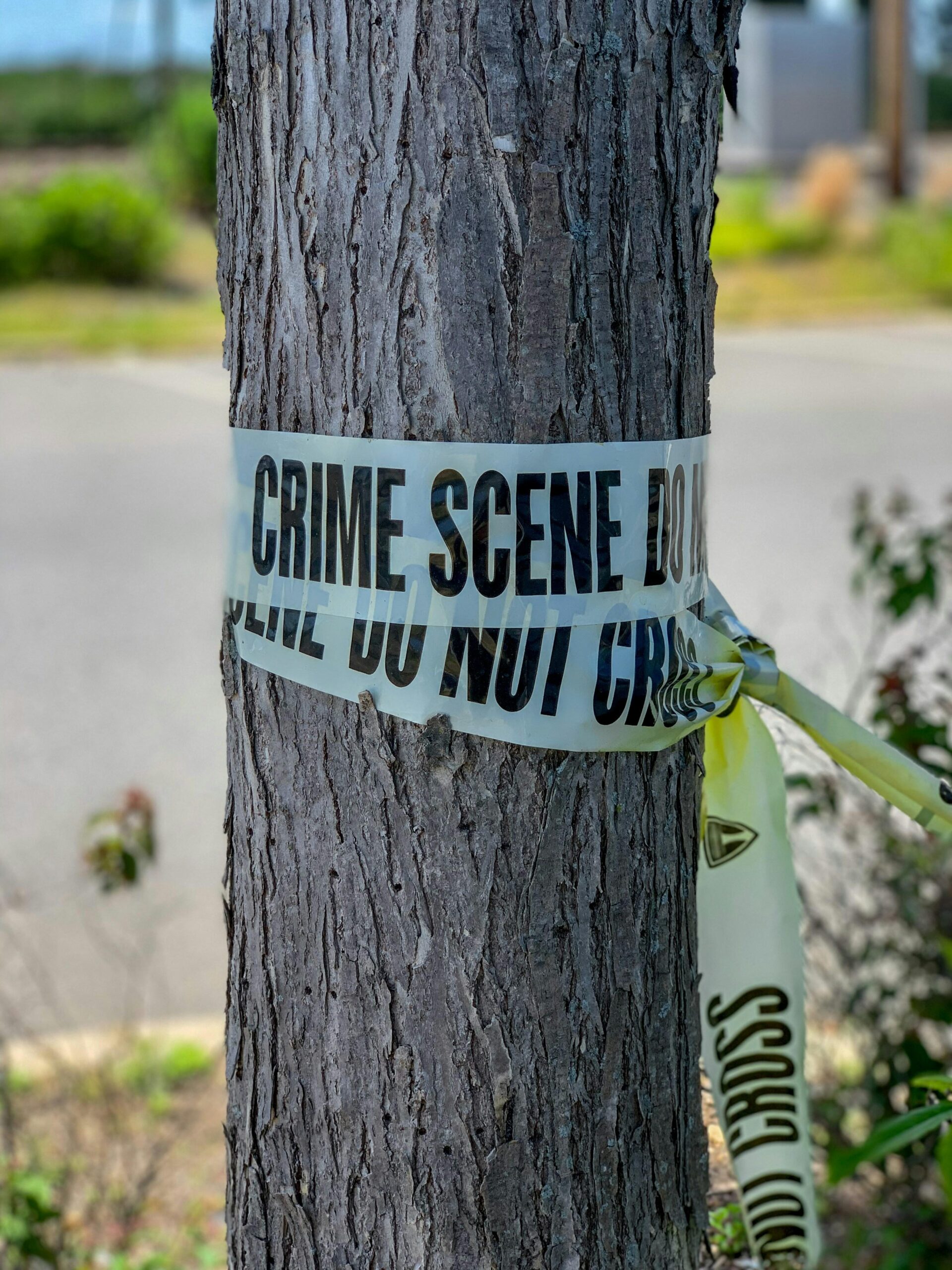When we think about childhood struggles, emotional abuse often hides in the shadows—subtle, silent, and sometimes misunderstood. Unlike physical wounds, the scars left by emotional abuse aren’t visible to the naked eye, making them easy to overlook. But what happens beneath the surface can shape a child’s world in profound and lasting ways. In this blog post, we’re diving into the hidden effects of emotional abuse on kids, exploring how these unseen wounds can impact their development, self-esteem, and future relationships. Join me as we unpack this complex and important topic, shining a light on what’s often left unspoken.
Table of Contents
- Understanding the Silent Scars Emotional Abuse Leaves on Childhood Development
- How Emotional Abuse Shapes a Child’s Self-Esteem and Social Skills
- The Long-Term Ripple Effects: From Childhood Trauma to Adult Challenges
- Practical Steps to Support and Heal Children Experiencing Emotional Abuse
- The Way Forward
Understanding the Silent Scars Emotional Abuse Leaves on Childhood Development
Emotional abuse in childhood often flies under the radar, its wounds invisible but profound. Unlike physical scars, these silent marks manifest over time, subtly shaping a child’s sense of self and their interactions with the world. The constant barrage of criticism, neglect, or rejection chips away at their confidence, teaching them to doubt their worth and question their place in relationships. This invisible damage can lead to a host of challenges, from anxiety and depression to difficulty forming trust and healthy attachments.
Kids subjected to such environments often develop coping mechanisms that may look like resilience but are actually symptoms of deeper pain. These can include:
- Emotional withdrawal: Shutting down to avoid further hurt.
- Hypervigilance: A constant state of alertness, anticipating conflict or negativity.
- Low self-esteem: Internalizing negative messages as personal truths.
- Difficulty in relationships: Struggling to express feelings or accept affection.
Recognizing these signs is crucial in breaking the cycle and fostering environments where children can heal and genuinely thrive.
How Emotional Abuse Shapes a Child’s Self-Esteem and Social Skills
When a child experiences emotional abuse, the invisible wounds often run deeper than anyone realizes. These subtle yet persistent negative messages can erode a child’s core sense of worth, making them question their value and place in the world. Over time, the internalized criticism and rejection may manifest as feelings of shame, self-doubt, and insecurity. It’s as if they carry around an invisible weight, constantly struggling to affirm their own worth amid the echoes of harsh words and neglect. This disruption in their developing self-esteem often leads to challenges in forming a healthy self-identity.
Moreover, the scars left by emotional abuse extend beyond the internal landscape, shaping how children interact socially. They may find it difficult to trust others, fearing rejection or ridicule, which in turn impacts their ability to build meaningful relationships. Common signs include:
- Social withdrawal: Avoiding peers and social situations due to fear or low confidence.
- Difficulty expressing emotions: Suppressing feelings or reacting disproportionately to minor triggers.
- Overdependence on validation: Seeking constant reassurance to fill a void of self-acceptance.
These behaviors, often misunderstood, are survival mechanisms—attempts to navigate a world where they never felt truly safe or seen. Understanding these nuanced effects is key to offering the support they need to reclaim their confidence and rebuild their social skills.
The Long-Term Ripple Effects: From Childhood Trauma to Adult Challenges
Emotional abuse in childhood often weaves itself into the very fabric of an individual’s psyche, quietly shaping their perceptions and reactions long after the experiences have faded from memory. The insidious nature of this trauma means that the scars are not visible but are deeply felt in everyday interactions, self-esteem, and emotional regulation. Many adults who faced such adversity as kids find themselves wrestling with unexpected anxieties, chronic self-doubt, or difficulties fostering trust in relationships—sometimes without fully realizing the root cause. These challenges manifest subtly, influencing decisions, communication styles, and the ability to navigate intimacy.
Common long-term challenges linked to childhood emotional abuse include:
- Difficulty setting healthy boundaries or asserting oneself
- Persistent feelings of shame or unworthiness
- Struggles with mood regulation, including depression and anger outbursts
- Complex relationships marked by fear of abandonment or rejection
- A tendency toward perfectionism or people-pleasing behaviors
Understanding these ripple effects sheds light on why healing from emotional abuse is often a non-linear journey. Recognizing the invisible wounds is the first step toward breaking cycles and rebuilding a sense of self that embraces growth, resilience, and compassion.
Practical Steps to Support and Heal Children Experiencing Emotional Abuse
Supporting a child who has endured emotional abuse requires a blend of patience, empathy, and consistency. Create a sanctuary where they feel safe and valued—this might mean setting aside time to listen without judgment or providing reassurance that their feelings are valid. Encourage open expression through activities such as drawing, storytelling, or play, which can be powerful outlets for children who struggle to articulate their pain. Remember, small, steady gestures often build the foundation of trust essential for healing.
Practical approaches also include establishing predictable routines to reduce anxiety and empower the child with a sense of control. Collaborate with professionals, such as counselors or child psychologists, who specialize in trauma-informed care. Some key steps to consider:
- Encouraging positive self-talk and affirmations to rebuild self-esteem.
- Teaching coping skills like mindfulness and deep breathing to manage overwhelming emotions.
- Monitoring and limiting exposure to negative environments or individuals.
- Involving caregivers and educators to create a supportive network around the child.
By integrating these efforts, you help the child gradually reclaim their emotional well-being and spark resilience for the future.
The Way Forward
As we continue to unravel the complex layers of emotional abuse and its impact on children, it’s clear that the effects often run much deeper than what meets the eye. Understanding these hidden wounds is the first step toward fostering healing and resilience in young minds. By shining a light on this often-overlooked form of harm, we open the door to empathy, support, and meaningful change. What other subtle signs or stories have you come across that highlight the unseen struggles kids face? Let’s keep the conversation going—because awareness is where healing begins.












